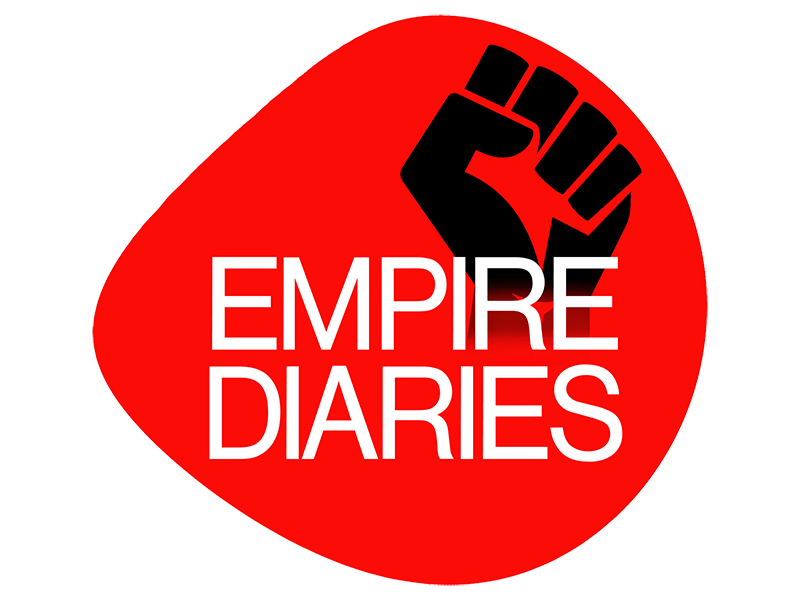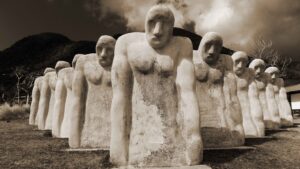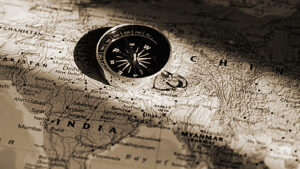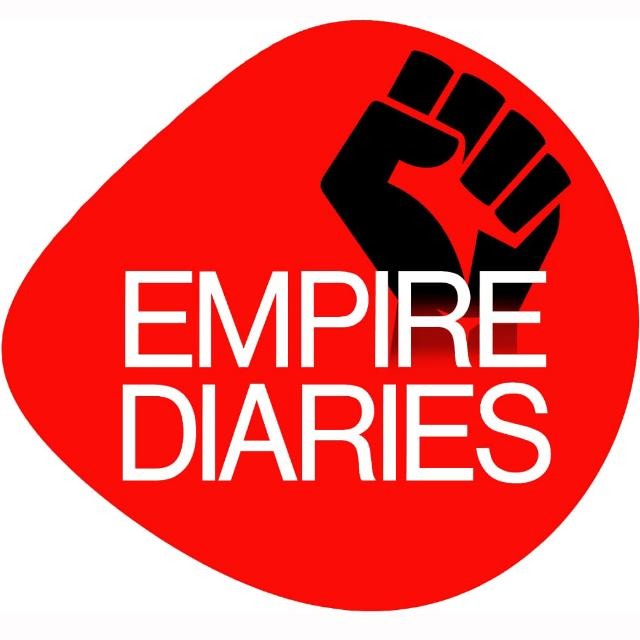
April 13, 2023: In a world where the corporate medical industry wants people to believe it’s on a mission to make the planet a safer place, it’s a paradox that cancer deaths are now at an all-time high in 12,000 years of human civilisation – both in India and abroad.
According to the latest available data on reported cancer deaths, it was the second biggest killer globally after cardiovascular diseases in 2019. In fact, every sixth death in the world today is due to cancer, as revealed by the IHME (Institute for Health Metrics and Evaluation).
In 2019, India witnessed 932,587 reported cancer deaths – making it the country’s third-biggest killer after heart-related diseases and respiratory ailments. Globally during the same year, cancer was the second-largest killer after cardiovascular fatalities, claiming 10.08 million lives.
It is in these dystopian times that a timely and relevant book has come out, authored by Dr. Biswaroop Roy Chowdhury, which demystifies how the mainstream, commercialised cancer industry functions, and also how cancer-hit and cancer-prone people can wriggle out of Big Pharma’s clutches via cheap, indigenous prevention methods and treatments.
Dr. Roy Chowdhury is a widely consulted medical doctor who spent his lifetime theorising and devising ways to cure pressing health issues, such as cancer, diabetes, high blood pressure, thyroid problems, critical kidney-related ailments, and even Covid-19, using tried-and-tested naturopathy and dietary treatments.
In his rabble-rousing book titled Rabbit-Tortoise Model for Cancer Cure, the doctor who is based out of north India and is attached to multiple hospitals, chalks out simple ways and steps to tackle the escalating cancer crisis.
According to Dr. Roy Chowdhury’s outline, the people first need to know that all of us have detectable “indolent” cancer cells, or dormant cancer cells, in our bodies. Secondly, he points out that the mainstream practice of biopsy and other diagnostic tests are overrated because they “cannot distinguish between indolent cancer cells and aggressive cancer cells” in the body.
Thirdly and crucially, he argues that once the standard corporate medical industry drills – biopsy, radiation therapy, chemotherapy, and surgery – are conducted on the patients, the chances of indolent cancer cells transforming into aggressive cancer cells goes up.
As a tried-and-tested solution to reversing critical-state cancer, the medical practitioner writes with conviction that fixing the human body’s natural body clock, called the ‘circadian cycle’, can dial down aggressive cancer cells back to indolent or dormant status.
“In the Rabbit-Tortoise model, ‘tortoise’ represents an indolent cancer cell, which sits silently in your body throughout your life without harming you, and ‘rabbit’ represents an aggressive cancer cell, which jumps from one organ in the body to another and has a potential to cause harm,” writes Dr. Roy Chowdhury in his book, which was launched at Press Club of India in New Delhi on Thursday.

He was joined at the media interaction by veterans from India’s naturopathy circles and supporters of indigenous medicine, including HIIMS Hospitals founder Acharya Manish, Dr. OP Gupta, and Narender Verma, among others.
Dr. Roy Chowdhury was scathing in his criticism of the corporate medical industry that pushes exorbitant cancer detection and treatments, especially mammography, biopsy, and chemotherapy. “Mammogram tests are evidently more harmful than they are useful because of their faulty detection process in which needless pressure is applied on the breasts,” he warned at the press event. He labelled the widely used breast cancer detection system as not just a painful experience for patients, but also as a procedure that can aggravate the cancer.
On biopsies as a popular cancer detection mechanism, he pointed out, “It’s definitely not a procedure I would recommend to any person suspected of having cancer. What really happens during a biopsy? A portion of the body’s suspected cancerous part is clipped out, which in turn, not only gives the patient a lot of pain, but can even aggravate the cancer in many cases.”
The doctor, who travels around India and abroad delivering talks on prioritising cheaper, indigenous therapies for lifestyle diseases over costly corporate medication and treatments, was equally critical of chemotherapy.
“I would strongly recommend people detected to have cancer to completely avoid chemotherapy as I consider the procedure as poisonous for the body, let alone being helpful,” Dr. Roy Chowdhury asserted.
In his inimitable style, the doctor demonstrated to the audience, with easy-to-understand toolkits, how mammography can have a negative impact on the human breasts, and also showed how people can avoid the prospect of cancer altogether by fixing their body clock.
Recalling a slice of India’s dark, colonial history as he took a swipe at profit-hungry Big Pharma, Dr. Roy Chowdhury said, “We chose today, April 13, for this book launch in order to draw parallels with the Jallianwala Bagh massacre, which happened on this day back in 1919. We all hold the British colonisers at that time responsible for the massacre of innocent protesters in the standoff in Amritsar. But if you think deeply, the Britishers didn’t fire the shots. It’s the Indians in khaki uniforms who carried out their bosses’ orders and opened fire on innocent Indians.”
“The khakis of 1919 are the white coats of today,” he said, lamenting that India’s mainstream doctors are knowingly or unsuspectingly thrusting upon helpless Indians the profiteering medical tactics of cancer detection and treatment that actually originated in faraway foreign lands.
Whether one agrees or not with what’s written in Rabbit-Tortoise Model for Cancer Cure, the 119-page book promises a lot as it comes loaded with testimonials of cancer patients cured by naturopathic treatments, and numerous worthwhile references.
REPUBLISHING TERMS:
All rights to this content are reserved. If you want to republish this content in any form, in part or in full, please contact us at writetoempirediaries@gmail.com.








